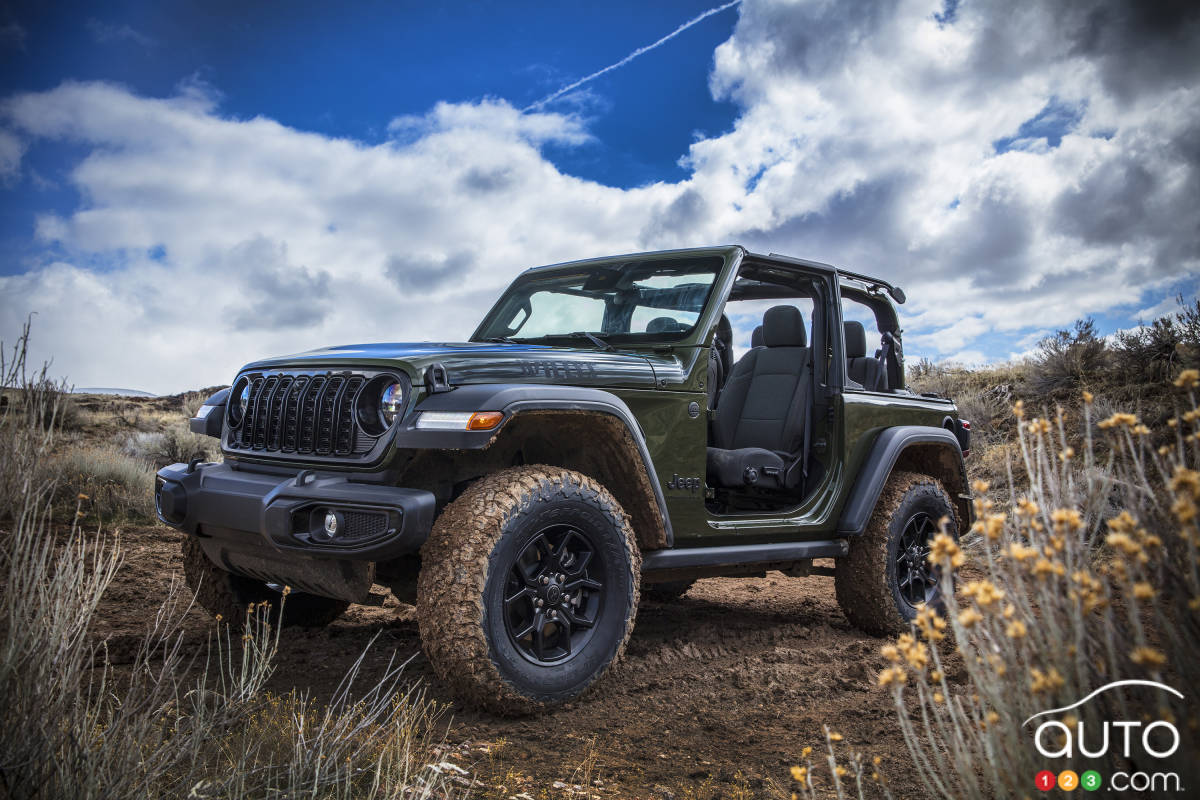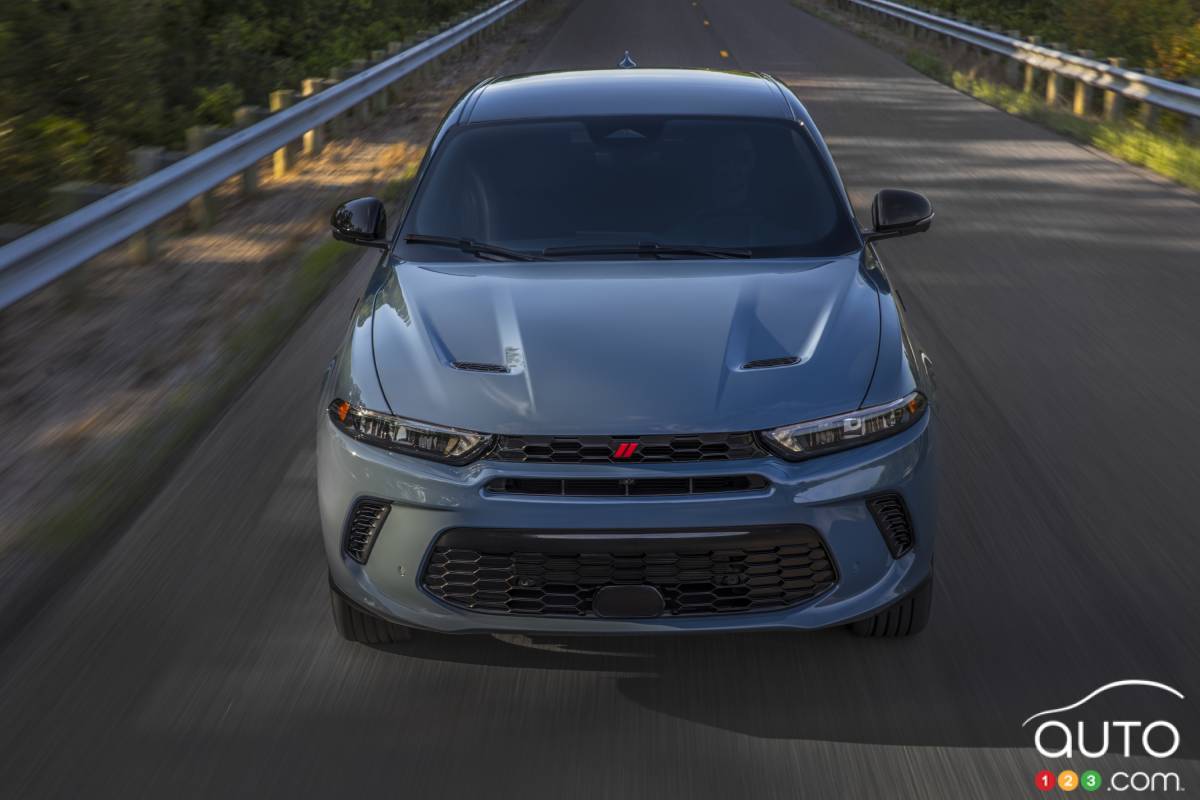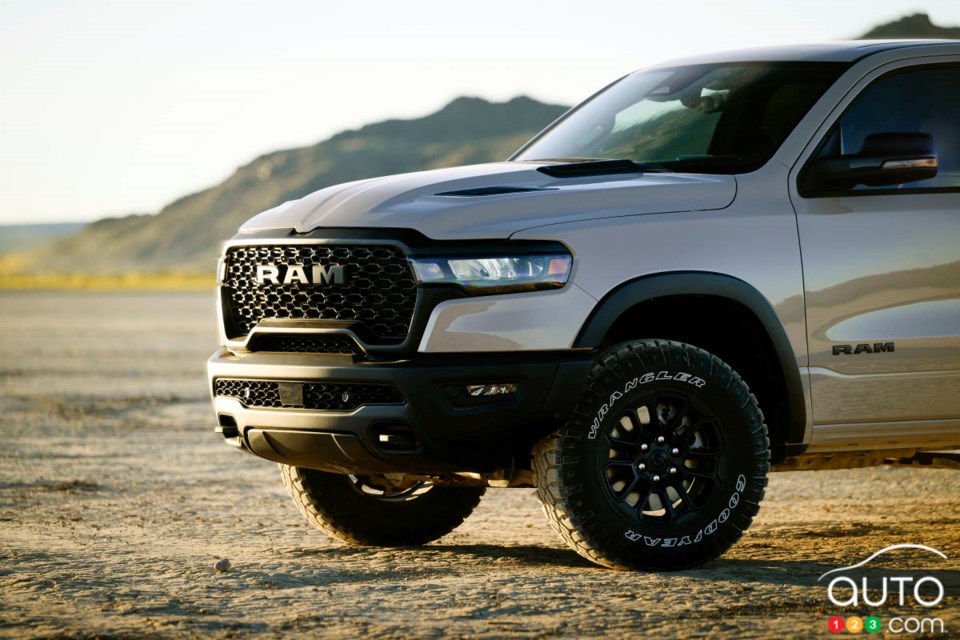Stellantis increased its rebate programs in the third quarter of the current year, but sales in the U.S. still fell by 20 percent over the summer. The company also warned that its profits for the year would be lower than forecast. Despite the incentives on offer, dealers are saying the company needs to be more aggressive to win back market share.
A growing list of challenges for the manufacturer
The challenges are multiplying for Stellantis: Inventory build-ups, frustrated dealers and the threat of another UAW (United Auto Workers) strike that prompted the automaker to sue the union. The company has seen its share pricing, and it’s almost easy to forget that tax fraud investigation into company chairman John Elkann.
Stellantis recently implemented several waves of job cuts in the United States, and on September 30, the company lowered its annual profit forecasts. However, CEO Carlos Tavares downplayed these difficulties as “minor operational errors”.

Inventory reduction: A strategic priority
Stellantis management is looking to reduce its U.S. inventories, which stood at just over 430,000 vehicles at June 30. The goal is to get to 330,000 units by the end of the year. Initially, that threshold was scheduled for the first quarter of 2025. As part of its cost-cutting efforts, Stellantis has adopted a strict approach to external spending, led by CFO Natalie Knight. According to internal documents, she has encouraged her finance team to scrutinize every external purchase request.
Falling margins and restructuring
The cost of turning around activities in North America, competition from Chinese manufacturers and a general slowdown in the industry are weighing heavily on Stellantis' results. The company announced a downward revision of its adjusted operating margin, which could fall to 5.5 percent, versus an initial target of over 10 percent.
To cope with the inventory build-up, Stellantis reduced production at several of its U.S. plants. These rationalization efforts appear to be bearing fruit, as Natalie Knight expressed satisfaction with recent inventory reductions. However, dealers insist that the sales strategy still needs adjustment.

Continuing sales decline for major brands
Stellantis' US sales fell for the fifth consecutive quarter. Ram recorded a 19-percent drop for the third consecutive quarter, while Jeep sales fell by 6.2 percent. Chrysler and Dodge suffered even greater declines, down over 40 percent for the quarter. Only Fiat, with its 500e electric model, posted an increase.
What’s, mixed sales results at rival manufacturers could prompt some to offer more attractive discounts. That could force Stellantis to review its own incentives to remain competitive.
Greater incentives needed
A dealer wishing to remain anonymous expressed doubts about Stellantis' ability to stay the course with its current discount programs. According to the dealer, older 2024 models require higher incentives than 2025 models, which are often cheaper after rebates.
The problem, that dealer says, is that the company is trying to maximize profits in the short term instead of clearing its inventory, which hurts dealers' future orders.
A persistent problem for Stellantis
The problem is not limited to a simple question of inventory, but also reveals a lack of demand and poor price management. On average, a Stellantis vehicle remains in stock for 117 days before being sold, more than double the industry average.
Original content from auto123.



